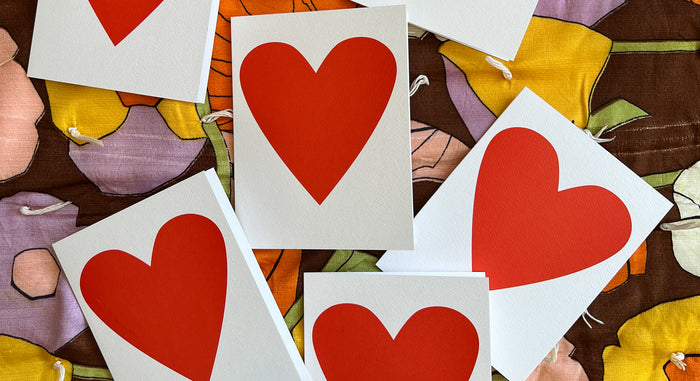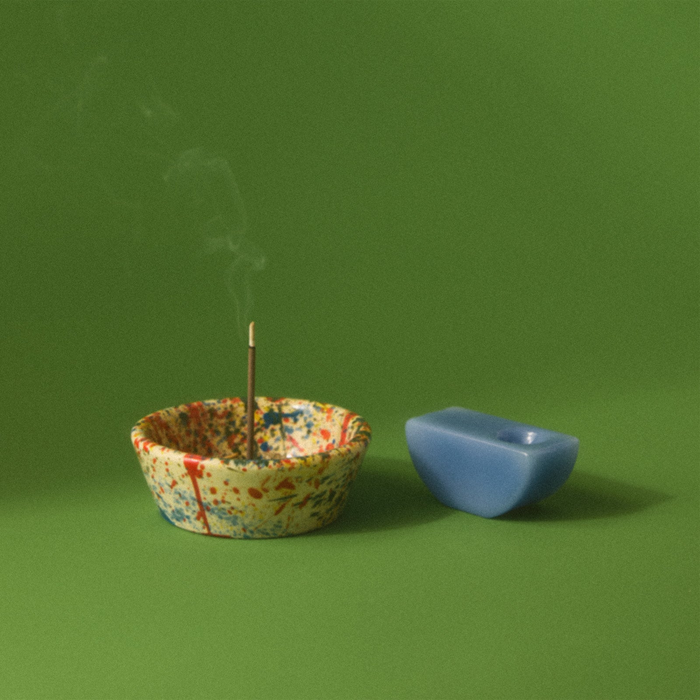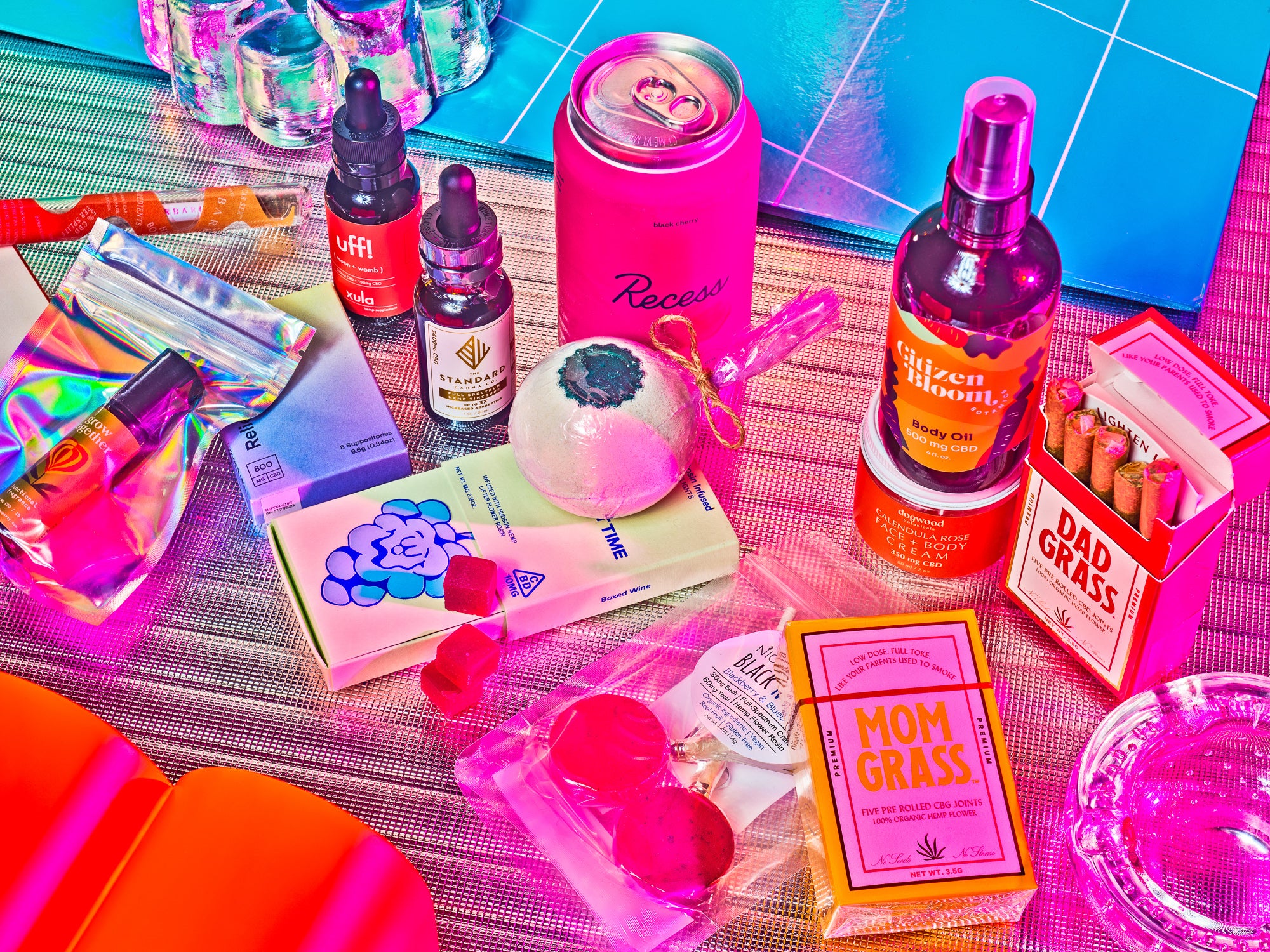· By Jay Nathan
The many minds who contributed to this iconic edible come together
It’s a moonlit October evening and the tangle of leaves that swirl around Garden Party’s doorstep are full of magic tonight. We’re gathered here to invite the ghosts of edibles past to join us for a séance.
We Ask: Who Invented the Weed Brownie?
We begin by gathering in a circle and lighting incense. As the smoke rises up, we breathe in and out together and speak our intention: to respectfully learn about the many people and cultures throughout history who contributed to the creation of the modern weed brownie.
The question of who invented cannabis edibles draws on centuries of history from all corners of the globe. Our imaginary séance invites artists and healers from ancient China to Northern Africa, Paris to San Francisco to join us for an evening of exploration.
Wisdom From the Past
We begin by respectfully inviting Emperor Shen Nong (神农) to honor us with his presence. Also known as 'Divine Farmer,’ he was one of the Three Sovereigns, mythological rulers from ancient China circa 2852 to 2070 BC who established Chinese medicine. Many credit him as the first person to experiment with medical cannabis to treat gout, malaria, and rheumatism with cannabis tea.
Next we open the invitation to anyone who sipped bhang around 1000 BC in ancient India. This intoxicating blend of warm milk, garam masala, gunjah, ginger, and cannabis nourished people for centuries and still does. Like many advances in cannabis, this delicious and potent drink was created within community rather than springing from the mind of a single inventor, so we invite anyone who would like to join us for a cup of bhang to enter the room.
Now we look to Northern Africa for guidance, and invite any Imazighen (also known as Berbers) to join us if they’d like. They created mahjoun—chewy bite-sized morsels full of nuts, dried fruit, spices, and hash. This sweet and spicy delicacy is still enjoyed in Morocco and around the world, and was an essential spark of inspiration for the modern edible.

Paris Nights, Potent Parties
Many historians trace the first modern weed brownie to the home of lesbian powerhouses Alice B. Toklas and Gertrude Stein. Their apartment was a beacon for eccentric, artistic Parisians of the 1920s, including Hemingway, Matisse, TS Elliot, Salvador Dali and Picasso, who were known to stop by unannounced at all hours of the night.

In 1954, Alice B. Toklas (pronounced toke-less, get it?) published an infamous cookbook containing a recipe for the first modern cannabis edible. Her Haschich Fudge recipe closely resembled traditional Moroccan mahjoun, and she got the recipe from her friend Brion Gysin, a British-Canadian painter who had recently traveled to (you guessed it) Morocco. The cookbook was an underground classic, then a bestseller, and now a prized material artifact that changed stoner culture forever.
Dear Alice B. Toklas, Gertrude Stein, Brion Gysin, and Salvador Dali: We respectfully ask if you will honor us with your presence this evening. We invite you to share your brownie wisdom and perhaps a pinch of that “canibus sativa” you pulverized for the recipe.

Enter: Brownie Mary
If your name is Mary Jane Rathbun and you’re known throughout San Francisco for baking weed brownies and giving them to AIDS patients, of course you’re remembered in history as Brownie Mary.
Starting in the 1970s, a woman with curly gray hair, big glasses, and a sweater vest adorned with a canna leaf patch brought relief in the form of a plate of brownies. She also brought a moment of grandmotherly kindness to the mostly gay men she visited, calling them “my kids” at a time when many of their families of origin had abandoned them.
She gifted these special brownies under severe scrutiny and was arrested three times for her acts of compassion and civil disobedience. She was a grassroots leader in the medical marijuana movement and her activism paved the way for Prop 215, which made California the first state to legalize medical marijuana in 1996.
Tonight, we invite Mary Jane Rathbun to join us at our séance. If she likes, she is welcome to bring a plate of brownies for patients in Appalachia who fight back against similar barriers to access cannabis today.

Closing the Door with Gratitude
We are grateful to these spirits for sharing stories of cannabis communities past. Their efforts to preserve and disseminate this vital plant in the face of resistance is an inspiration to us here in Appalachia and other places around the world where cannabis is prohibited.
In recognition of their kindness and appreciation for their wisdom, we offer the spirits a gift of our favorite modern edibles.
We offer the same to you, dear Garden Partiers: delicious hemp edibles to help you connect with the many intertwined communities that have gathered around this beautiful plant.



